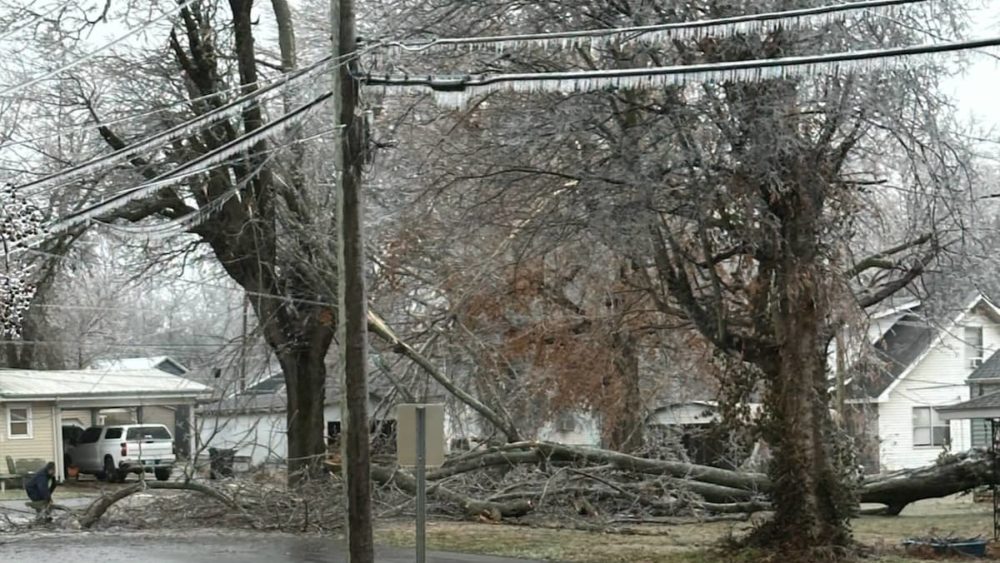Kelly Jackson
Christian County Extension Office
House Centipedes in the Home
Over the winter, some folks might see a wiggly and weird house guest in their basements or on the ground floors of their home. These are house centipedes, and while native to the Mediterranean, are now found worldwide in various structures. House centipedes are often alarming to people who see them traipsing through their home. They pose very little danger to people or pets, though, and actually may be helping to eliminate some more distressing critters from your house.
The core body of house centipedes is between 1 to 1 1/4 inches long, but if you throw in the legs, they can be up to 3 or 4 inches in size. They have a yellow-orange color with three dark stripes that go down their back. They are also auto-mimics, meaning that the legs in the back of their body are longer to create confusion when trying to visually differentiate between the head end and bottom end. All centipedes have an odd number of pairs of legs, house centipedes specifically have up to 15 pairs of legs.
House centipedes are naturally found in cool, damp places and tend to be under logs, vegetation, and rocks. They try to find similar areas inside of structures, therefore basements, crawl spaces, and bathrooms tend to be popular hangouts for them. As with all centipedes, the house centipede is a predator that uses a pair of highly adapted, venom delivering “legs” (called forcipules) to subdue their prey. Their venom poses little to no hazard to humans. Because of their habitat, they normally feed on silverfish, cockroaches, spiders, ants, and termites.
If you want to manage house centipedes in your home, there are several options to consider. First and foremost, will be pest-proofing the structure. Not only will pest-proofing stop centipedes from entering, but it will also prevent their prey from coming in, reducing the attractiveness of your home becoming their home. Use caulking, screens, and weatherstripping to seal up possible entry points. You can also set out glue board traps to capture wandering centipedes or consult with a professional to provide crack and crevice treatments in possible house centipede hiding spots.
Educational programs of Kentucky Cooperative Extension serve all people regardless of race, color, age, sex, religion, disability, or national origin.
UNIVERSITY OF KENTUCKY, KENTUCKY STATE UNIVERSITY, U.S. DEPARTMENT OF AGRICULTURE, AND KENTUCKY COUNTIES, COOPERATING






